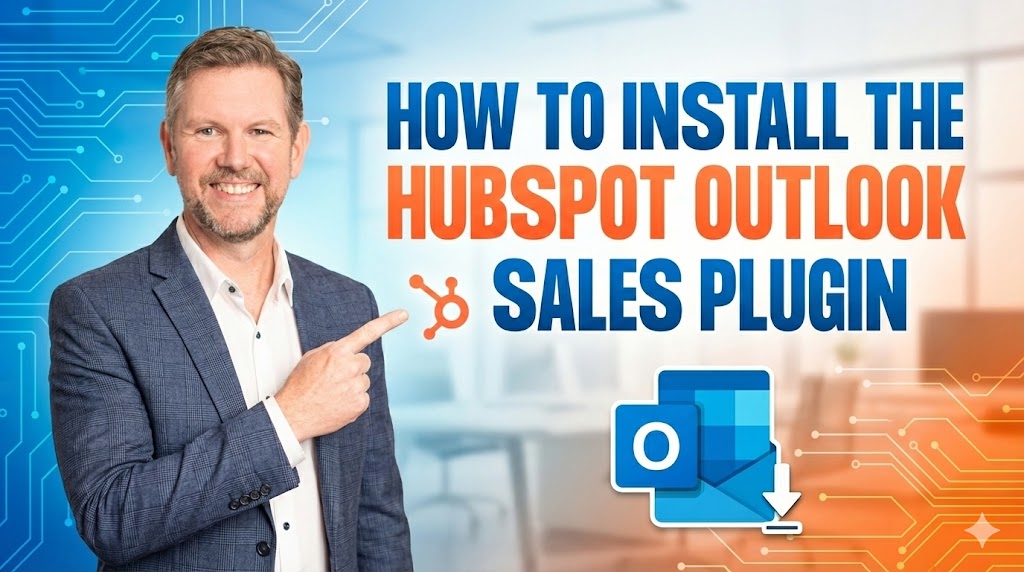
Content Marketing | 4 min read
Welcome to the first bite-sized brand new 2021
Expecting incredible guests on our show this year. As always, we've got some great topics today. We're going to talk a little bit to cover up our experience in 2020, what we saw with Brands and businesses what the effect of the pandemic was for the businesses as they tried to pivot or re-engineer themselves through that process, and a little about rebranding and the buyer's journey
A little bit of recap in 2020
What did you learn in 2020? We took things for granted until fear came along, before we had a goal, we had financial goals, we had a team, we had a client, we had our products and we used to just go to work every single day. And everything just turned upside down. Our routines changed, the method of earning has changed, the way we stay alive has even changed, everything that was taken for granted now has become so necessary.
Some businesses really flourished to the top and were able to manage, unlike others. Even in between, there were some great ideas that have come out of this period. But it is transitioning as fast as a culture that we had to move as quickly in order to stay relevant. A lot of businesses weren't agile enough to kind of transition and change the way that they went to business and they just became less relevant. People looked at how they could adjust their business model, even when the adjustment of the business model wasn't exactly the right direction for business, what it did do is it can be more engaged as to how the business was trying to adapt, and support people routed people connected with that. So even though it might have been like a costly PR exercise but it did do it, it really worked. People thought that even if the brand was not successfully executed, they appreciated that they tried. One of the reasons is that it is important that people want to learn new tricks, new techniques especially when working in the digital space.
I think during this time people should then start to evolve in areas with little creative exploration, and at the same time, marketing analytics and statistics should be made relevant to where they should make changes. Analyze it and then see how you can adapt and tweak even your traditional business model to fit into the new market of this year. Don't be stuck in your old model, just because it worked for a period of time doesn't mean there isn’t another way that you can offer the exact same product or service in a whole new way.
Rebranding
If you see a company that's just recently rebranded, you love it, you don’t love it whatever your opinion is, let's chat about it. Common questions would be:
- What to do through the rebranding process?
- When is too soon to introduce your customer to the process of rebranding and is there a ‘too soon?
Thinking about it, it is imperative for your brand to ALWAYS stay relative, therefore the brand owners need to understand who they are, where they are, and the industry setting because no customer wants to buy something old. When rebranding, it's not about changing a brand but just merely tweaking it, because by changing a brand you are confusing your customers, but by tweaking it you are bringing it in line with trends, styles, iconography so that a company does not fall old and forgotten.
Coles did a little bit of a refresh only, but the feel of the rebrand was not distinctively different, the green, the gradient green, they added the iconography that never existed before. And essentially it was fine. It's still the same which was fine, they just made it skinnier and brought it together. And essentially the response is still the same response, they just made it skinnier, like boiled together a little bit so it was an interesting way of adapting by adding something completely new to keeping a certain method.
Buyer's Journey
Owners of businesses do not sit in the customer's shoes and call their own business. They try to order the product online. They don't knock on the shop doors with the view to go through that experience, if they would, they would understand more the frustration and make customers go through in order to buy and support the product or service. And then what I think is fundamental in plotting a journey is to sit in your customer's shoes and nurture that hassle factor as to what you can solve because you have control and create a customer journey, and they're off to a good start doing all the things.
There are many stages to a wise journey, and some businesses are different from others, especially when you're looking at service versus consumer products, you know possibly the consumer goods, the lead time is a lot shorter, so the maintenance of a customer's journey
Published on August 06, 2021





